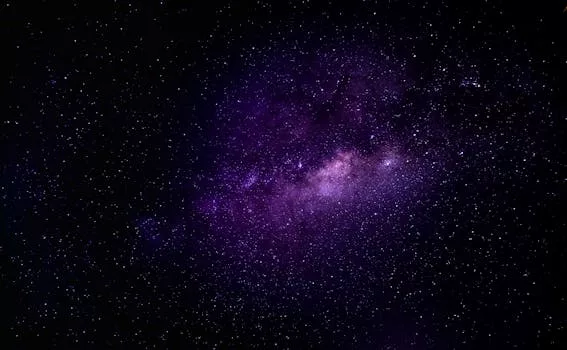
“
Beyond the Milky Way: Imagining New Worlds and Possibilities
Introduction to Beyond the Milky Way
Beyond the Milky Way: Imagining New Worlds and Possibilities, our galaxy, the Milky Way, has been the subject of human fascination for centuries. As we continue to explore and learn more about our own galaxy, we are also drawn to the possibility of life and discovery in other galaxies and star systems. The idea of new worlds and possibilities beyond our own galaxy is a tantalizing one, sparking the imagination and inspiring scientists, philosophers, and science fiction writers alike.
Understanding the Galaxy and Beyond
Before we can begin to imagine new worlds and possibilities beyond the Milky Way, we must first have a basic understanding of our own galaxy and the universe as a whole. The Milky Way is a barred spiral galaxy, consisting of hundreds of billions of stars, as well as various types of interstellar gas and dust. Our galaxy is just one of billions in the observable universe, each with its own unique characteristics and features.
The universe is thought to have originated around 13.8 billion years ago, with the Big Bang theory being the most widely accepted explanation for its origins. Since then, the universe has been expanding and evolving, with galaxies and stars forming and interacting in complex ways.
Imagining New Worlds and Possibilities
As we look beyond the Milky Way, we are confronted with a vast array of possibilities and uncertainties. Are there other galaxies and star systems out there that are similar to our own, or are they vastly different? Could there be life on other planets or in other forms that we have not yet imagined? The possibilities are endless, and the imagination can run wild with the potential for discovery and exploration.
One of the most compelling areas of research in this field is the search for exoplanets, which are planets that orbit stars other than the Sun. Over 4,000 exoplanets have been discovered so far, and many of these planets are believed to be located in the habitable zones of their respective stars, where conditions are suitable for life as we know it.
Another area of research that holds great promise is the study of dark matter and dark energy, which are mysterious and invisible forms of matter and energy that are thought to make up a large portion of the universe. Understanding these phenomena could help us to better comprehend the workings of the universe and the potential for life and discovery in other galaxies and star systems.
Takeaways
In conclusion, the idea of new worlds and possibilities beyond the Milky Way is a captivating one, inspiring us to explore and discover more about the universe and our place within it. As we continue to research and learn more about the galaxy and beyond, we may uncover new and exciting possibilities for life and discovery.
Some key takeaways from this article include:
- The Milky Way is just one of billions of galaxies in the observable universe, each with its own unique characteristics and features.
- The universe is thought to have originated around 13.8 billion years ago, with the Big Bang theory being the most widely accepted explanation for its origins.
- There are countless possibilities for life and discovery in other galaxies and star systems, and the search for exoplanets and the study of dark matter and dark energy are just a few examples of the many areas of research in this field. Galaxies of Dreams highlight the wonders of this exploration.




